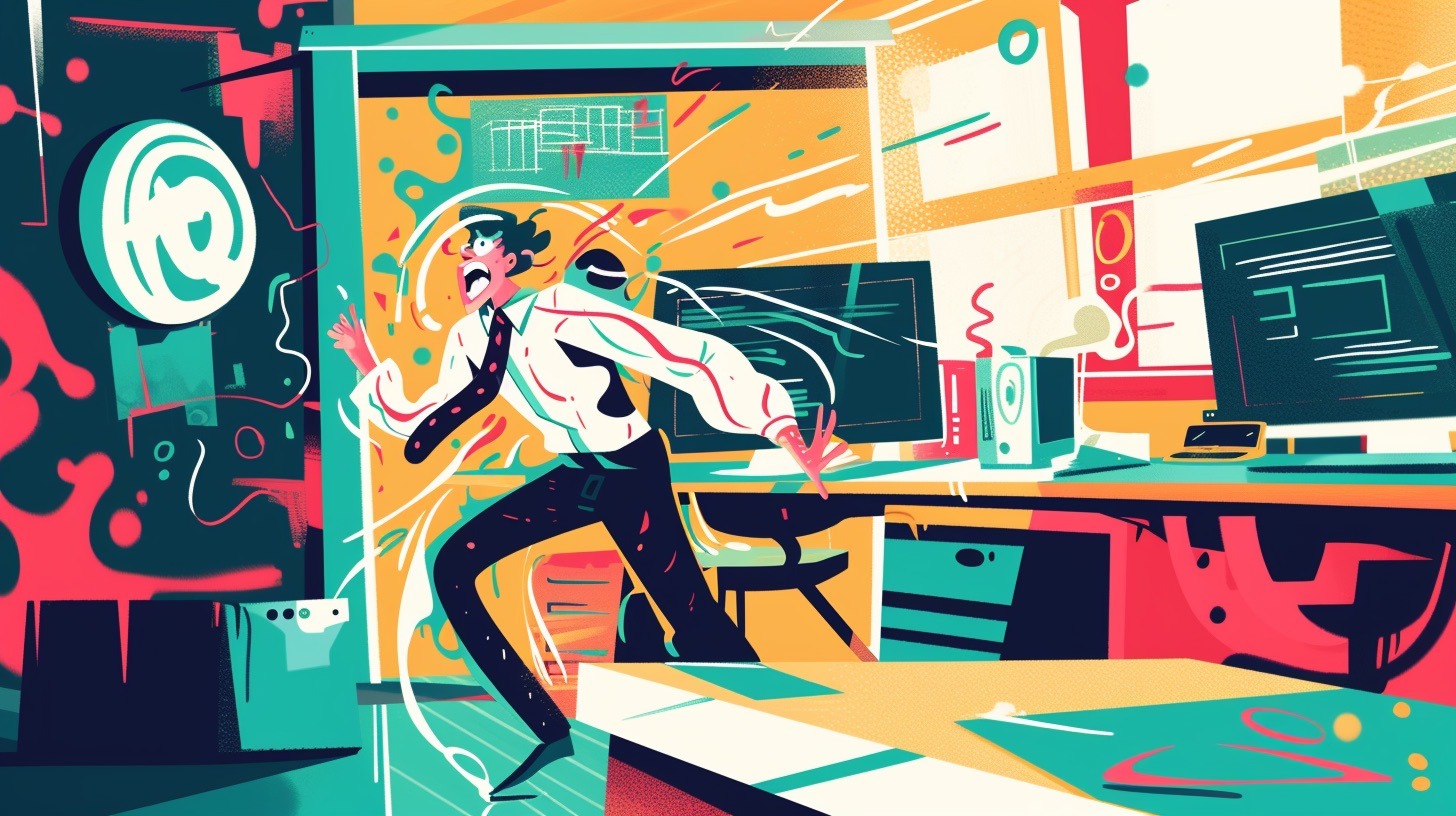Have you ever had a panic attack for no reason? Your heart is pounding and you can’t seem to catch your breath. Worst of all, you can’t seem to understand why this is happening. Believe it or not, a lot of people around the globe are going through what you are experiencing.
People can have panic attacks for no reason. If you want to know more about why this happens and how you can deal with the situation, then keep reading.
What is a Panic Attack?
A panic attack is an episode of extreme fear along with a range of other physical symptoms. Individuals may mistake their symptoms for a heart attack. Some feel like they are on the verge of collapsing or dying. Here is a list of symptoms to look out for:
- Rapid heartbeat
- Sweating
- Shortness of breath
- Tingling in hands, arms, feet, and legs
- Chest pain
- Nausea
- Hot flashes
- Feelings of detachment
However, keep in mind that a panic attack, while distressing, is not life-threatening and poses no physical harm. Symptoms of a panic attack can resolve anywhere from minutes to hours.
Different Types of Panic Attacks

The Diagnostic and Statistical Manual of Mental Disorders (DSM-5) divides panic attacks into two broad categories – expected and unexpected. Expected panic attacks have identifiable triggers. They can be anything from driving a car to public speaking.
Meanwhile, unexpected panic attacks appear without any triggers. They seemingly happen for no reason. For individuals who complain of experiencing panic attacks out of the blue, it’s most likely that they’re experiencing unexpected panic attacks.
What Causes a Panic Attack?
So far, it’s not exactly clear what causes a panic attack. However, there are certain risk factors that can increase your chances of experiencing a panic attack for no reason. A few of them have been listed below:
- Increased levels of stress
- Other mental health conditions
- Family predisposition
- Genetics
- Major life changes
- Smoking
According to some studies, you can blame your body’s natural fight-or-flight response for a panic attack. When your body senses danger, it triggers this part of the brain, preparing the body for a life-threatening situation.
You will feel your heart rate quicken and your blood pressure rise. You may sweat and struggle with racing thoughts – all of which are the symptoms of a panic attack.
What is the Difference between a Panic Attack and an Anxiety Attack?
Although panic attacks and anxiety attacks might share the same symptoms, they are still vastly different from one another. For starters, a panic attack is more intense. Whereas, symptoms of an anxiety attack are milder and easier to manage.
Additionally, panic attacks have a sudden onset. They may appear out of nowhere, while an anxiety attack can take hours to develop.
What to Do During a Sudden Panic Attack?

As scary as an unexpected panic attack is, you can try and regain control of the situation. When you feel a panic attack coming on, stop what you are doing and close your eyes. You can lie down or take a seat if you want.
Next, you want to try and focus on your breathing. You can try the Square Breathing method where you inhale for four seconds, hold for four, exhale for four, and then hold your breath again for four seconds.
You can also try repeating affirmations to yourself like ‘this will pass’ and ‘this is just my anxiety’. Additionally, you can shift your focus away from your situation and instead try focusing on your surroundings. You can try the 5-4-3-2-1 method. Basically, you have to name 5 things that you can see, 4 things you can touch, 3 things you can hear, 2 things you can smell, and 1 thing you can taste.
When to See A Doctor?
If you frequently experience panic attacks for no reason, it’s best to visit a doctor. Although not physically threatening, panic attacks can still bring down your quality of life. You may find yourself subconsciously avoiding situations that trigger your attacks.
Fortunately, as hard as panic attacks are to manage on your own, treatment exists. If your panic attacks are brought on by high levels of stress, you can try looking into different relaxation techniques. Progressive Muscle Relaxation, otherwise known as PMR, is a relaxing technique, which involves tensing and relaxing different muscle groups one by one.
You can also look into meditation and mindfulness apps to manage everyday stress. Cognitive Behavioural Therapy (CBT) has also proven to be effective in helping individuals manage symptoms of a panic attack.
Conclusion:
Summing it up, a panic attack can appear for no reason. However, there is no need to panic. Unexpected panic attacks are quite common and can stop you from moving forward in life. Fortunately, the symptoms of unexpected panic attacks can be easily managed with the right grounding techniques.
To reduce the overall frequency of these attacks, you can consider going to the doctor for Cognitive Behavioural therapy. You can look into joining a yoga class or mindfulness practices to reduce stress levels. Remember that it will take some time before you can see a real change.
FAQs
Can panic attacks be caused by nothing?
Typically, panic attacks are triggered by specific triggers or in certain situations. However, sometimes a panic attack can come on for no reason at all. That said, the symptoms of the unexpected panic attack are similar to expected panic attacks.
What are the symptoms of a silent panic attack?
A silent panic attack is characterized by chest pain, dizziness, rapid heart rate, and difficulty breathing. You may also experience nausea, hot flashes, and a feeling of detachment from your surroundings and emotions.
Can someone without anxiety have a panic attack?
Anyone can have a panic attack, However, for individuals with anxiety, the risk of panic attacks is higher.




